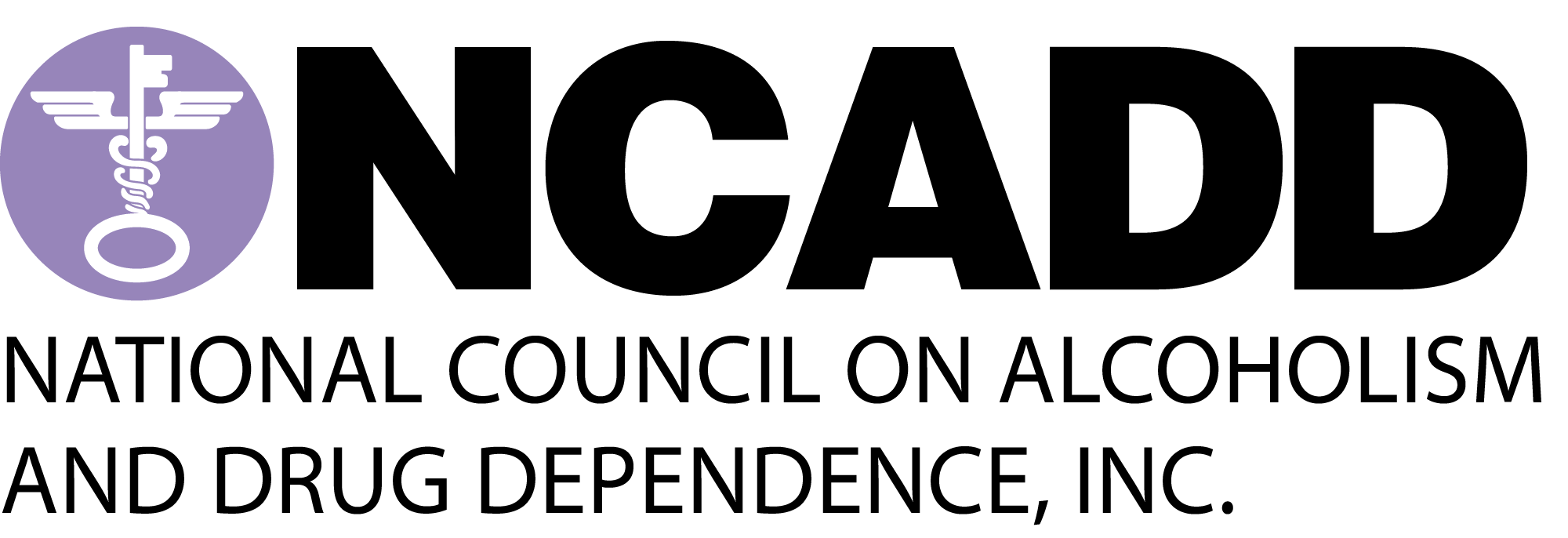FACT: Alcohol is the most widely used substance of abuse among America’s youth. More kids try alcohol than try cigarettes and a substantial number of young people begin drinking at very young ages.
FACT: Adolescents drink less frequently than adults, but when they do drink, they drink more heavily than adults.
Adolescence is a time of heightened risk taking, independence seeking, and experimentation, a time when adolescents must cope with dramatic changes in their bodies, feelings, perspectives, and environments. It is a period when an appetite for adventure, risks, excitement, and impulsive behavior seem to reach naturally high levels.
During this period, alcohol can present a special allure to some adolescents for many different reasons. Unfortunately, this attraction occurs at the very time adolescents may not be fully prepared to anticipate all the effects of drinking alcohol and at a time when they are more vulnerable to certain of its adverse consequences.
Why do some young people drink alcohol?
Young people, like adults, drink alcohol for many different reasons. Some of the reasons may seem obvious, but understanding the feelings behind these reasons–as well as how everyday teen life comes into play–can be difficult.
- Young people often drink to check out from family problems or issues with school/grades;
- loneliness, low self–esteem, depression, anxiety disorder and other mental health issues;
- to deal with the pressures of everyday social situations;
- to change their image or to fit in when moving to a new school or town;
- to gain confidence or lose inhibitions;
- and young people are more likely to start experimenting with alcohol if they have parents who drink and if their parents don’t give them clear messages about not drinking.
What are the risks?
Whatever it is that leads adolescents to begin drinking, once they start they face a number of potential health and safety risks. Young people who drink are more likely to be sexually active and to have unsafe, unprotected sex; are more likely to be involved in a fight, commit violent crimes, fail at school, use other drugs, and experience verbal, physical, or sexual violence. And those who start drinking before age 15 are five times more likely to develop alcoholism later in life than those who begin drinking at age 21.
FACT: Research shows that brain development continues well into a person’s twenties. Alcohol can affect this development, causing youth to make irresponsible decisions, encounter memory lapses, or process and send neural impulses more slowly.
FACT: 5,000 people under age 21 die each year from alcohol-related car crashes, homicides, suicides, alcohol poisoning, and other injuries such as falls, burns, and drowning.
College drinking
FACT: About four out of five college students drink alcohol.
FACT: About half of college students who drink, also consume alcohol through binge drinking.
The more students drink, the more likely they will suffer negative consequences. Those consequences can range in severity from having a hangover, performing poorly on a test, or missing class to getting into an argument or fight, driving under the influence, being hurt or injured, or being taken advantage of sexually.
The negative consequences of alcohol use on college campuses are widespread and each year, drinking impacts thousands of college students – whether they drink or not — as well as families, friends and entire college communities.
Some of the consequences of college drinking include:
- Assault: More than 690,000 students between the ages of 18 and 24 are assaulted by another student who has been drinking.
- Sexual Abuse: More than 97,000 students between the ages of 18 and 24 are victims of alcohol-related sexual assault or date rape.
- Injury: 599,000 students between the ages of 18 and 24 receive unintentional injuries while under the influence of alcohol.
- Academic Problems: About 25 percent of college students report academic consequences of their drinking including missing class, falling behind, doing poorly on exams or papers, and receiving lower grades overall.
- Health Problems/Suicide Attempts: More than 150,000 students develop an alcohol-related health problem and between 1.2 and 1.5 percent of students indicate that they tried to commit suicide within the past year due to drinking or drug use.
- Death: 1,825 college students between the ages of 18 and 24 die each year from unintentional alcohol-related injuries.
What factors contribute to the problem?
Students sometimes drink because they think alcohol makes it easier to meet other people, relaxes their social inhibitions, and helps them have more fun. In addition, advertisements for alcohol are everywhere, with slick marketing campaigns featuring attractive, youthful actors and models. And keg parties and the drinking activities promoted by campus groups, including fraternities and sororities, also set the stage for dangerous attitudes toward drinking.
Sobering Realities: Prevention
Underage drinking is a complex problem, requiring cooperation at all levels of society. Four basic approaches, however, have proven to be effective in prevention of the problem:
- Changing cultural misconceptions and behaviors about alcohol use through education;
- Curtailing the availability of alcohol to young people under age 21;
- Consistent enforcement of existing laws and regulations regarding alcohol purchase;
- Expanded access to treatment and recovery support services for adolescents and their families.
For additional information, see What Is Prevention?
